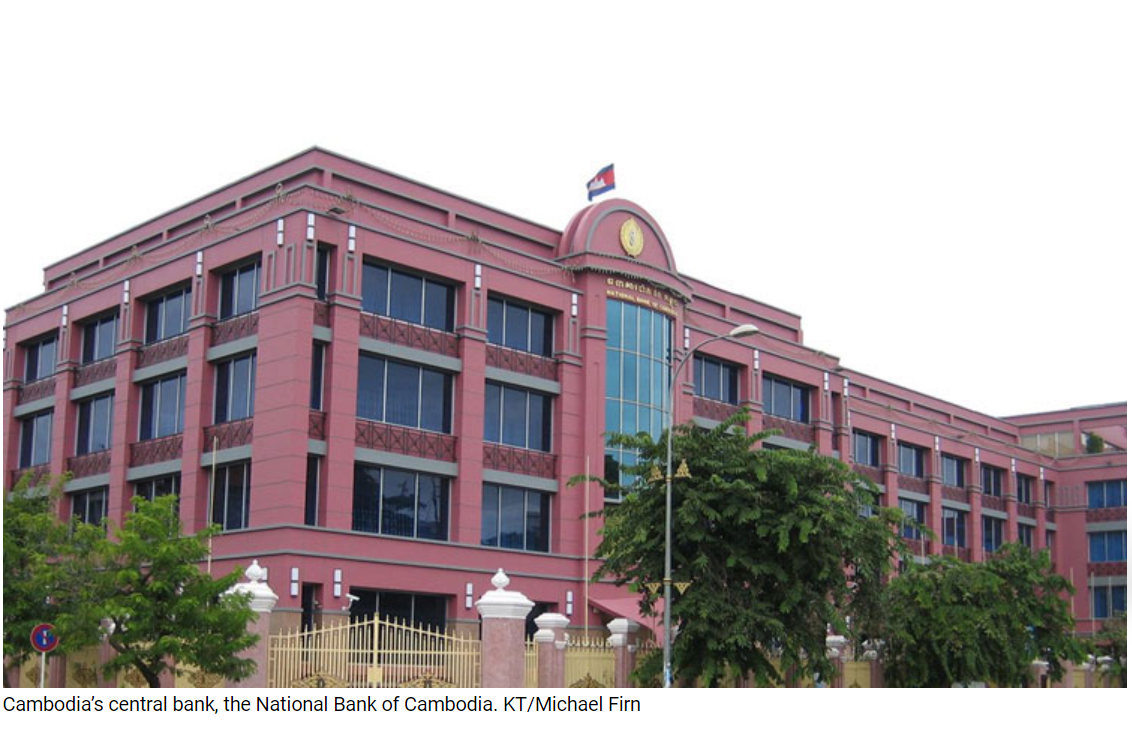Cambodia: Central Bank’s role in monetary policy
Central banks play a crucial role in ensuring economic and financial stability. They conduct monetary policy to achieve low and stable inflation.
In the wake of the global financial crisis, central banks have expanded their toolkits to deal with risks to financial stability and to manage volatile exchange rates. In response to the COVID-19 pandemic, central banks used an array of conventional and unconventional tools to ease monetary policy, support liquidity in key financial markets and maintain the flow of credit. Central banks need clear policy frameworks to achieve their objectives. Operational processes tailored to each country’s circumstances enhance the effectiveness of the central banks’ policies. The IMF supports countries around the world by providing policy advice and technical assistance.
A key role of central banks is to conduct monetary policy to achieve price stability (low and stable inflation) and to help manage economic fluctuations. The policy frameworks within which central banks operate have been subject to major changes over recent decades. Since the late 1980s, inflation targeting has emerged as the leading framework for monetary policy. Central banks in Canada, the euro area, the United Kingdom, New Zealand, and elsewhere have introduced an explicit inflation target. Many low-income countries are also making a transition from targeting a monetary aggregate (a measure of the volume of money in circulation) to an inflation targeting framework.
More recently, amid growing concern about eroding policy space in a context of lower equilibrium interest rates and falling inflation expectations, major central banks have been reviewing their monetary policy frameworks. Central banks conduct monetary policy by adjusting the supply of money, generally through open market operations. For instance, a central bank may reduce the amount of money by selling government bonds under a “sale and repurchase” agreement, thereby taking in money from commercial banks.
The purpose of such open market operations is to steer short-term interest rates that, in turn, influence longer-term rates and overall economic activity. In many countries, especially low-income countries, the monetary transmission mechanism is not as effective as it is in advanced economies. Before moving from monetary to inflation targeting, countries should develop a framework to enable the central bank to target short-term interest rates.
Following the global financial crisis, central banks in advanced economies eased monetary policy by reducing interest rates until short-term rates came close to zero, which limited the option to cut policy rates further (i.e., limited conventional monetary options). With the danger of deflation rising, central banks undertook unconventional monetary policies, including buying long-term bonds (especially in the United States, the United Kingdom, the euro area and Japan) with the aim of further lowering long-term rates and loosening monetary conditions.
Some central banks even took short-term rates below zero. In response to the Covid-19 pandemic, central banks have taken unprecedented policy actions to ease monetary policy across the globe, provide ample liquidity to core funding markets and maintain the flow of credit. To mitigate stress in currency and local bond markets, many emerging market central banks used foreign exchange interventions and deployed, for the first time, asset purchases programmes.
Regarding Foreign exchange regimes and policies the choice of a monetary framework is closely linked to the choice of an exchange rate regime. A country adopts a fixed exchange rate and allows free capital flow and have limited scope for an independent monetary policy compared with one that has a more flexible exchange rate. Although some countries do not fix the exchange rate, they still try to manage its level, which could involve a tradeoff with the objective of price stability. A fully flexible exchange rate regime supports an effective inflation targeting framework.
Source: https://www.khmertimeskh.com/50955722/central-banks-role-in-monetary-policy/


 Thailand
Thailand




